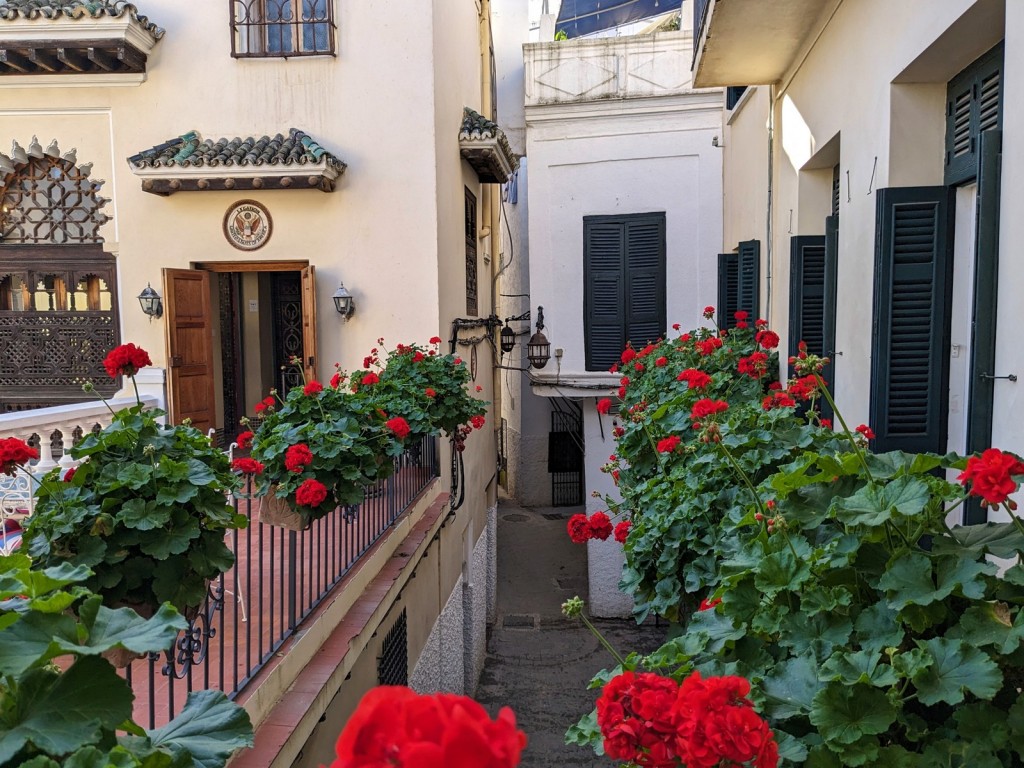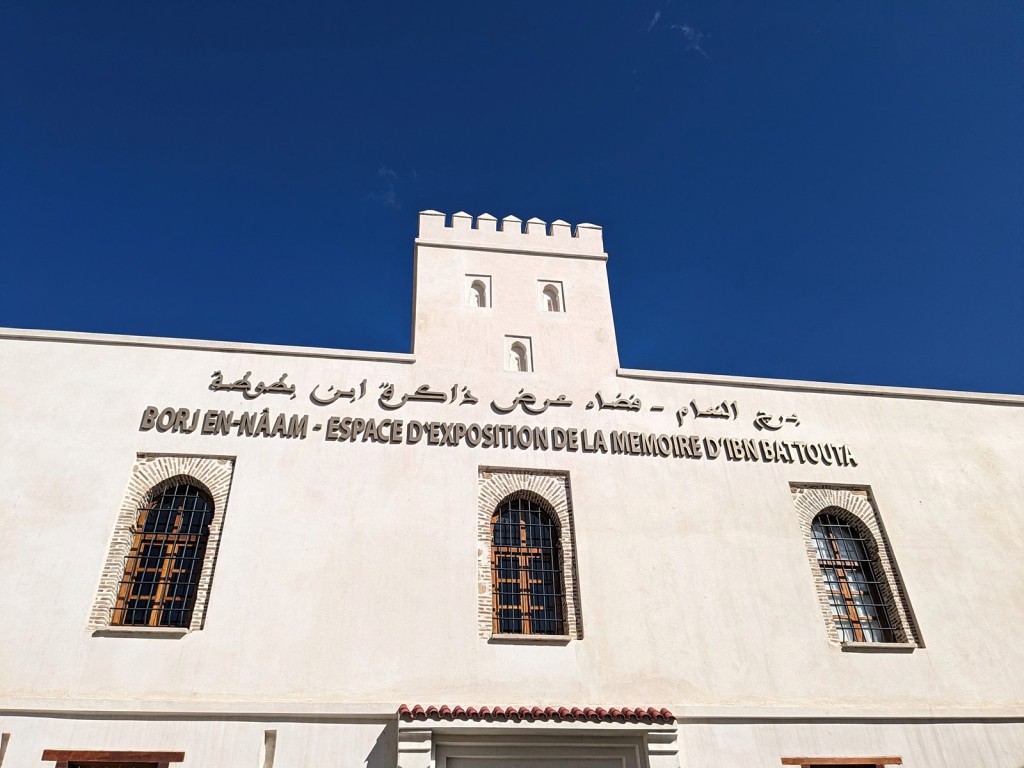
Reading this week:
- In The Shadow of the Cotton Tree by Jack Rillie
So we were finally here: the ancient city of Tangier. I had wanted to go for a long time, because of the usual exoticism reasons. Lots of history in the place, and a lot of that history is westerners coming in and deciding they liked the decor a whole lot. We were firmly in that milieu. Plus while back in Peace Corps I had read the book Tangerine, so I was excited to be stalked by a repressed lesbian ex-lover (that is my recollection of what the book is about but now that I am reading the New Yorker review I am very suddenly worried I am wrong in a bigoted way. I enjoyed the book!).
Breakfast at the hotel was a heavenly combination of fruit and bread and fresh cheese and butter and jam and coffee and juice and fortified us to proceed to our first destination: the American Legation Museum. This is a super neat place. It is the building that housed the U.S. diplomatic mission to Morocco and was the first American public property abroad. It has lived many lives and now is a wonderful little display of American diplomacy abroad. ‘Merica!



You wander up to the place via some narrow streets in the medina (that is redundant, all the streets are narrow), ducking into the door underneath an archway. The building spans the street which is a neat little architectural feature. The first part of the museum is a timeline of the building, and it describes the mission as being a pretty sleep place from around 1820 until 1920, and oh, to be a consulate in a sleepy legation in Tangier, sounds phenomenal. As you go upstairs the next chunk is a sort of house museum, describing life in the legation through the centuries. There are stories about lions and a big collection of furniture and very easy to imagine entertaining diplomatic guests on a sinecure from the U.S. government. I am salivating. It was sleepy until about 1920 and then you know some world wars picked up, and one section of the museum is dedicated to wartime activities and especially some spying that took place out of the building, with a recreation of the secret radio room out of which intelligence was transmitted back to the U.S. authorities. Eventually the U.S. diplomatic presence shifted on down to Rabat and left the building a little listless, so the Peace Corps moved in. I did my Peace Corps training out of a mud hut, which to be clear I very much enjoyed, but I could have also enjoyed a sunny courtyard in Morocco, you know? The most fun part of this part of the history is that the volunteers turned the cistern into a disco so they could let their hair down, and they dubbed this disco the “Cistern Chapel,” which is just a real good pun man. As a good intro into some of the modern international history of Tangier, the American Legation museum is the place to go.

When we initially went to the American Legation Museum, I managed to take us straight there through the medina’s winding streets. I mean, like I was an expert. This gave me a very false sense of confidence and every time we went anywhere else I tried to recreate the feat but we wound up twisting and turning and only ever arrived at subsequent destinations through luck and providence. But that’s fine, the medina is very cool, very nice to see how people live and very interesting to check out the shops. Plus the locals are used to it, immediately warning us every time we were headed down a dead end. One guy did actually try to lead us astray I think but honestly I can’t tell.

The destination of these wanderings was to see some Ibn Battuta sights. Maybe I knew something about Ibn Battuta before going to Tangier but probably not much. But in Tangier he is a bit of a thing. It’s his home town after all, and for a long long time he was the most well-travelled person in the world. I have subsequently bought a copy of his book (and a guide to his book) and will let you know when I manage to read them, but they seem interesting. Atlas Obscura turned me onto Ibn Battuta’s tomb, so I wanted to visit. It is right in the midst of the medina and surrounded by houses. Apparently there is some controversy over whether the man is actually buried in the mausoleum but I wasn’t able to verify. They supposedly open it up occasionally, someone who lives by has the key, but it wasn’t open when I visited so I couldn’t see if it was Ibn Battuta himself in there or not. But still pretty cool and not an unbeautiful place to be laid to rest (if he is laid to rest there).

Having seen the man himself (again, potentially) it was time to learn something about him so off we went to the museum dedicated to him, the aptly named Ibn Battouta Museum. It is a fine little museum though if you were on a tight schedule it is potentially skippable. No pictures allowed inside so you’ll have to trust me. The point of the museum is to walk you through Ibn Battuta’s life and travels, and how they show the interconnectedness of both Tangier and the Muslim world circa the 14th century. There aren’t a whole lot of actual artifacts in the museum (I don’t recall any at all but the museum website says they have some stuff), but the displays are well done and in multiple languages. You see models of like the boats he would have sailed on and maps of his destinations and neat stuff like that. Then at the end there is a little gift shop, so that’s nice. And that’s about it. After the visit to the museum we were back into the medina for the next adventure.
You must be logged in to post a comment.